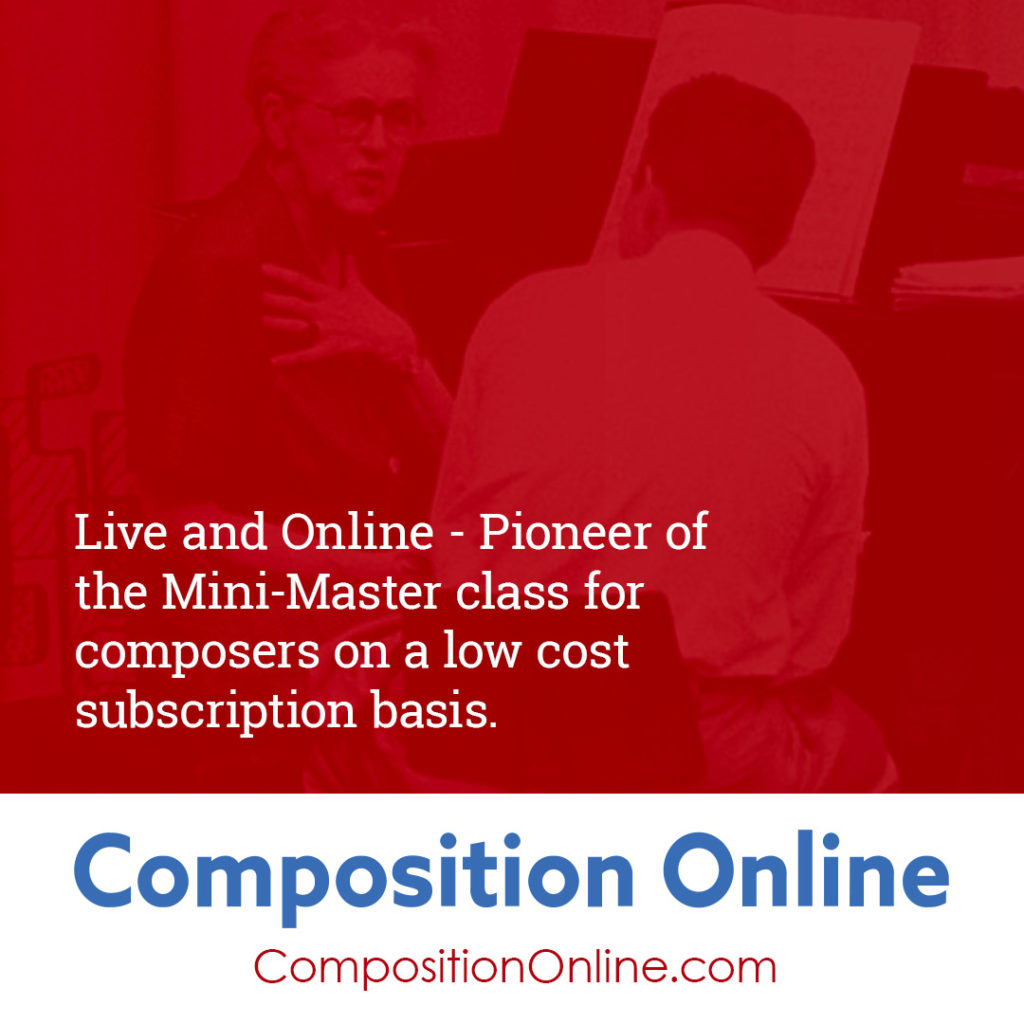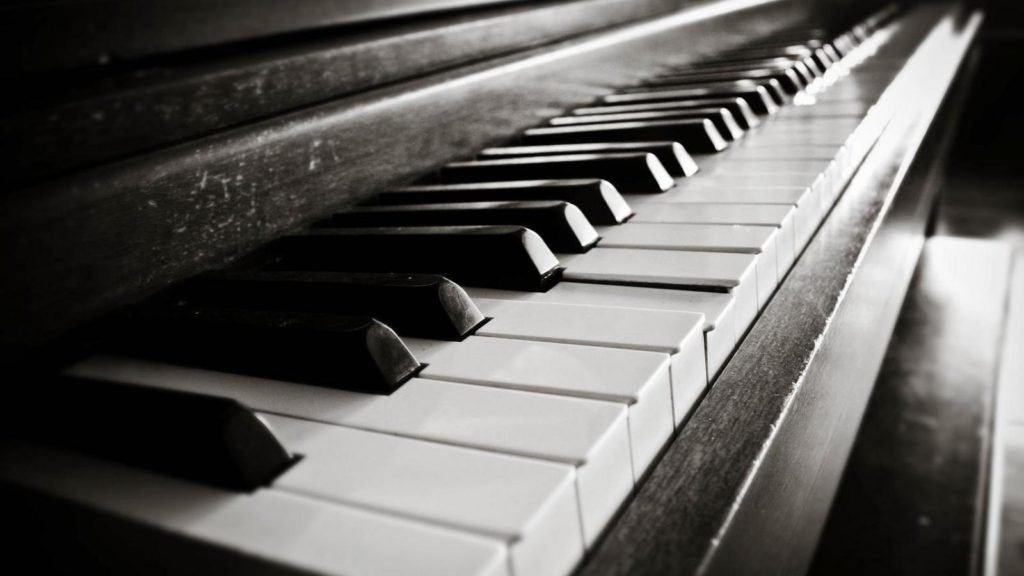France had Boulanger. In the USA, there was Gabriel Fontrier. A student and colleague of the late Karol Rathaus, he learned and passed on to hundreds of young musicians the great art and techniques of music composition created by Haydn and passed down through the generations. Those that knew him loved him deeply. His kind and gentle nature provided just the right venue for the dissemination of a body of knowledge on music making I have yet to see described in any textbook on what makes great music great, and how to create it.
I had the great honor of writing his biography for the memorial concert in December 1999. Here it is below.
[pdf-embedder url=”https://stevenlebetkin.com/wp-content/uploads/2017/06/Gabriel-Fontrier-Bio.pdf” title=”Gabriel Fontrier Bio”]


